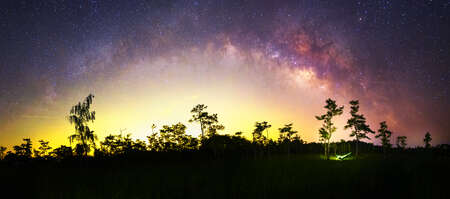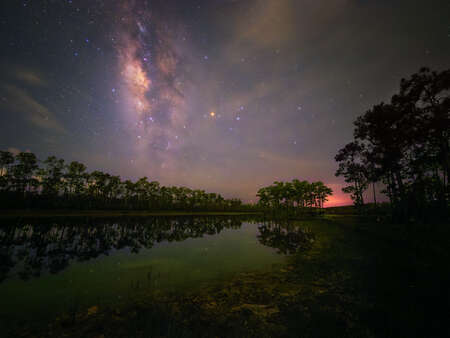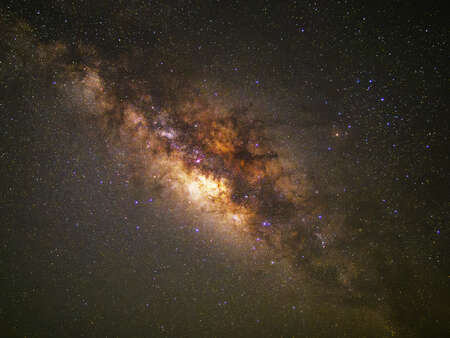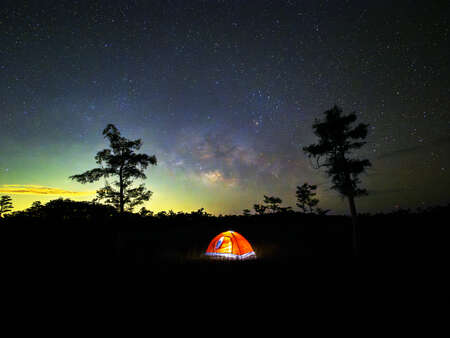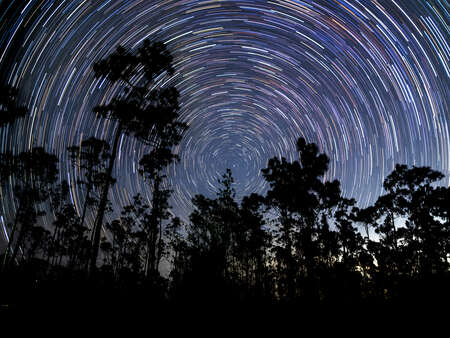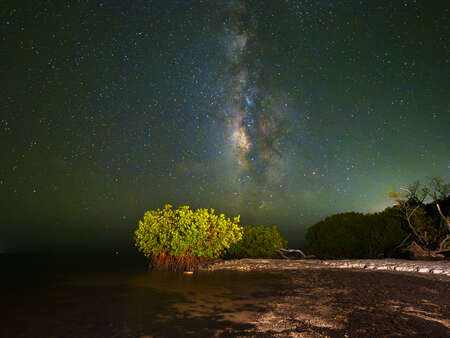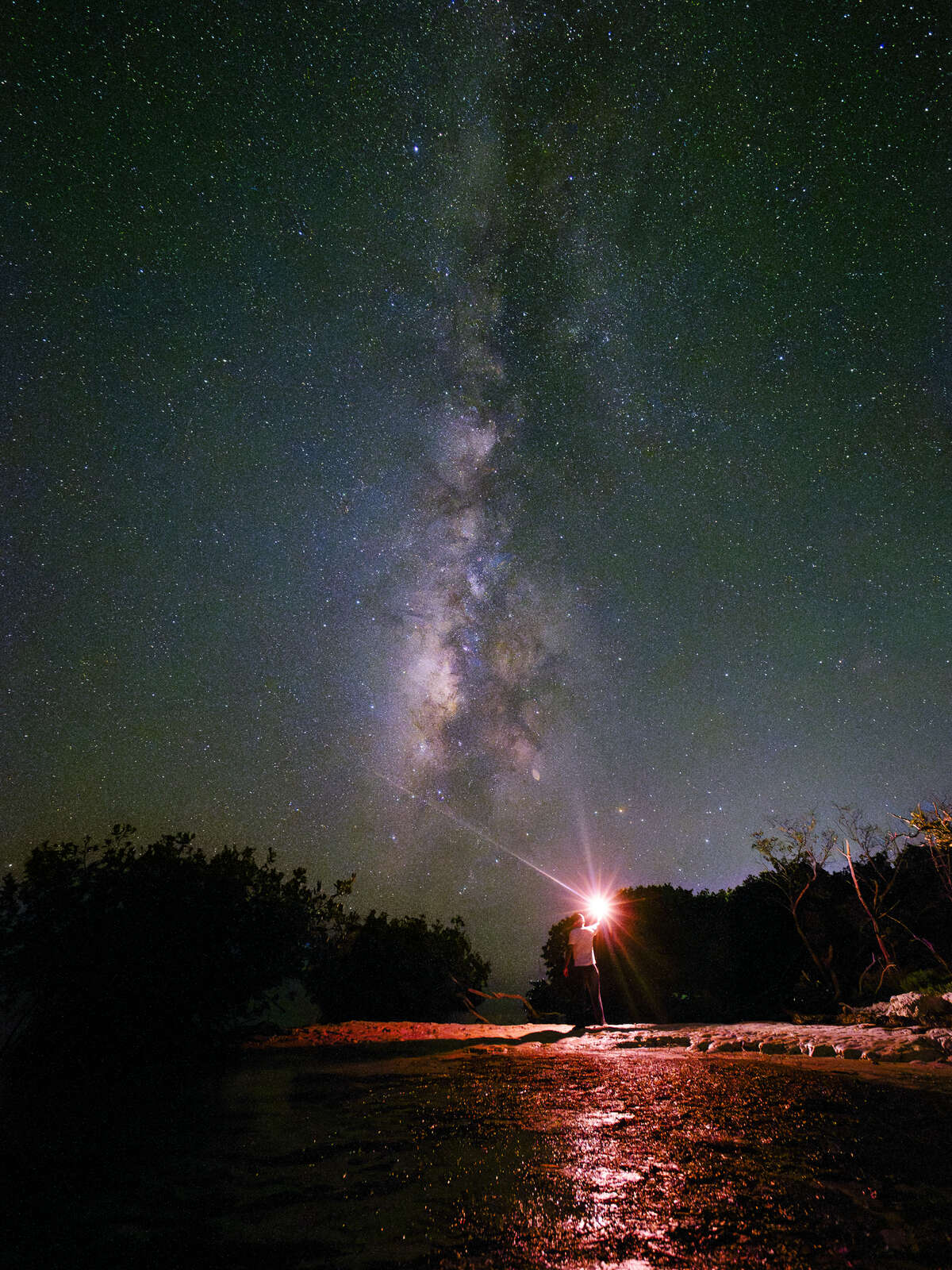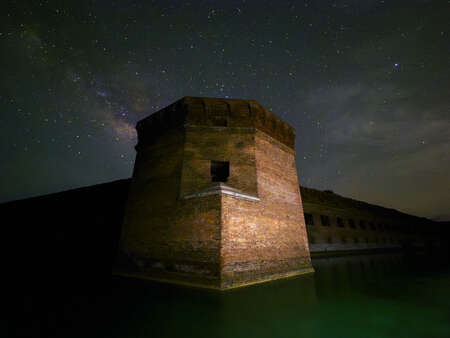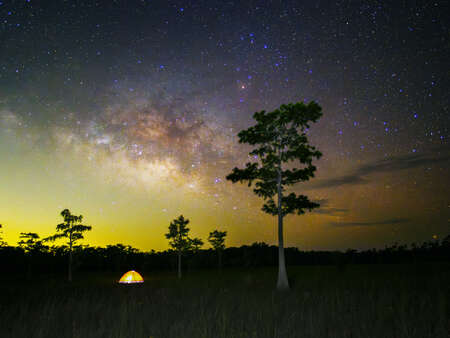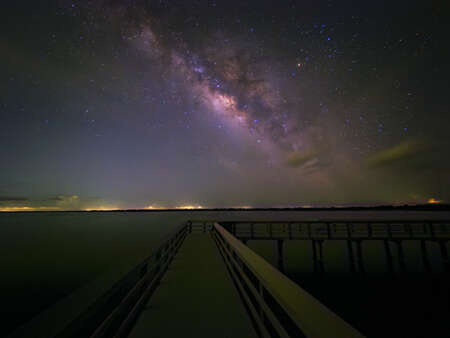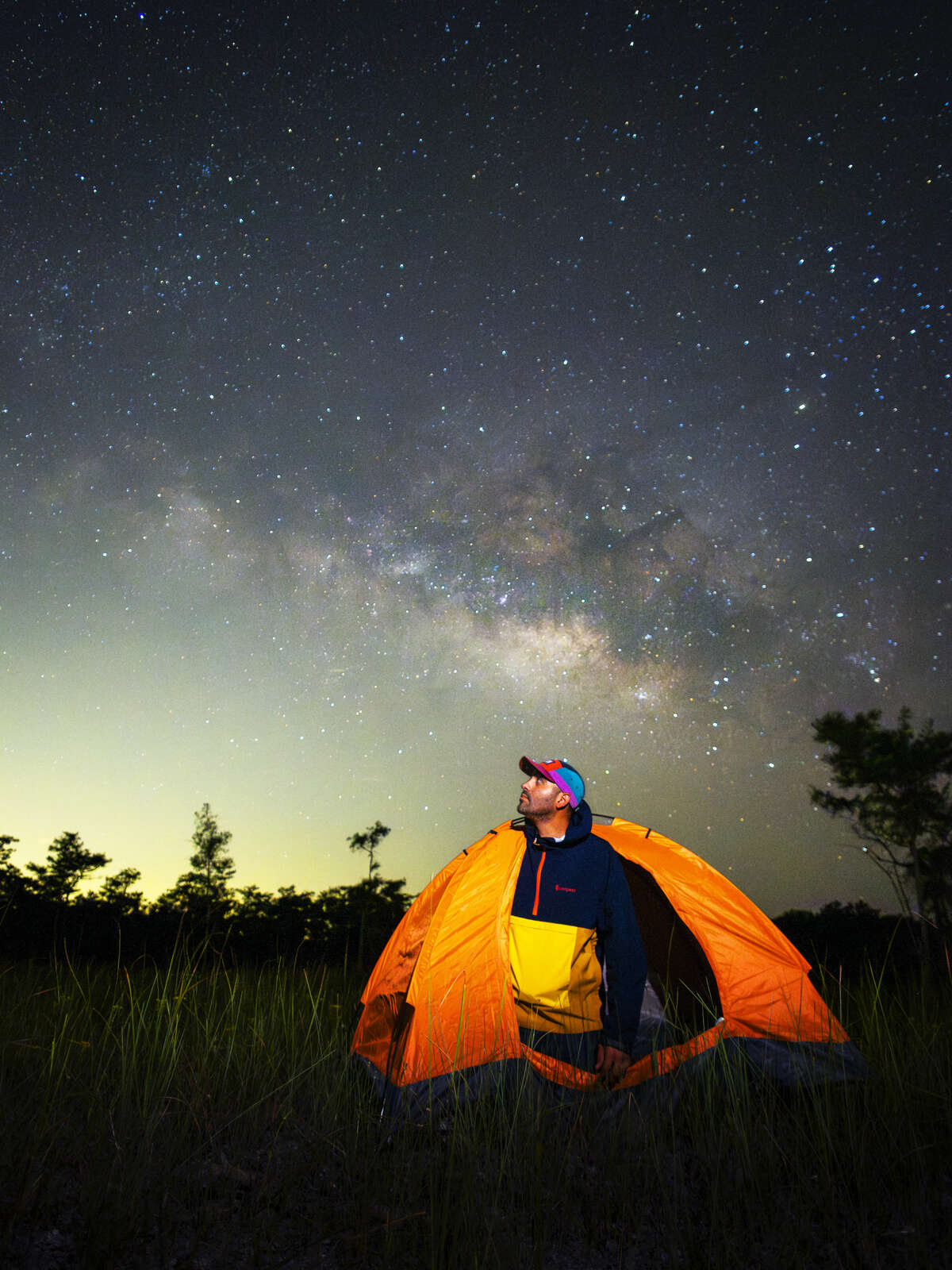Imagine driving miles away from the city, far from the glow of artificial lights. You step out of the car and gaze up, suddenly surrounded by millions of stars twinkling above you. For a moment, everything stops, and you feel connected to something greater than yourself. It’s a feeling of awe, wonder, and peace all wrapped into one. That’s the magic of the night sky, and it’s exactly what I wanted to capture in my latest project as part of the “Tell Your Story” program by OM SYSTEM.
For years now, I’ve been chasing this experience—venturing into the dark corners of South Florida to photograph the stars. But this time, my mission was different. I wasn’t just there for the beauty of it. I wanted to raise awareness about a growing problem: light pollution. As we continue to light up our cities, we’re losing the ability to see the night sky. In fact, one-third of humanity can no longer see the Milky Way galaxy. And here in Florida, with a population growing by more than 1,100 people a day, more roads, businesses, and houses are being built—taking away wild places and dimming our night sky even further. With my camera in hand—an OM-5 equipped with the M.Zuiko Digital ED 12mm 2.0 lens and the M.Zuiko Digital ED 7-14mm F2.8 Pro Lens—I traveled to some of the last places in Florida where the night sky still shines bright: the Everglades, the Florida Keys, and Dry Tortugas National Park.
The Everglades changed my life. It took just one visit for me to fall in love with this place. After moving from Venezuela to Miami, I worked any job I could find—often clocking in 80 hours a week while juggling full-time studies. It felt like life was passing me by, and I started feeling like I was locked in a dark room with no windows. That all shifted the moment I visited the Everglades for the first time. Standing under the night sky, camera in hand, I captured my first image of the stars. Suddenly, it felt like the dark room wasn’t so dark anymore.
There was a window, and it was being lit by the light of the stars. That night, the Everglades taught me something profound. I learned that the dark isn’t something to fear—it’s something to explore, to be curious about. And now, whenever I photograph the night sky here, I feel that same sense of wonder all over again. But even in a place as remote as the Everglades, light pollution is creeping in. As I photographed the stars, I could see the faint glow of nearby cities on the horizon, a reminder that no place is immune. And that’s why I knew this project was important—because once that glow takes over, it’s gone for good.
From the Everglades, I continued my journey down to the Florida Keys, where I hoped to find even darker skies and capture the stars reflected on the ocean. The Keys are known for their tropical beauty, but when the sun goes down, the night sky can be just as breathtaking.
I set up my camera along quiet stretches of beach, far from the hustle and bustle of Key West. The stars above were as bright as I’d hoped, creating a stunning contrast with the calm waters below. But just like in the Everglades, the glow from nearby urban areas was still there—faint but unmistakable. It was a reminder that no matter where you go, the impact of light pollution is always lurking. Still, I managed to capture some incredible shots, moments where the stars felt infinite and the world around me seemed to disappear.
My final stop was Dry Tortugas National Park, a place so remote it can only be reached by boat or seaplane. Here, under one of the darkest skies in Florida, I hoped to find what I’d been searching for—an unspoiled view of the stars. And I wasn’t disappointed. As the sun set and the sky turned black, the stars began to appear one by one, until the entire sky was ablaze with light.
The Milky Way stretched across the heavens, meteors streaked by, and for a moment, it felt like I was the only person on Earth. Capturing these images was a dream come true. But even in this isolated paradise, the effects of light pollution are a concern. If we don’t take action now, places like Dry Tortugas could lose their pristine night skies
This project wasn’t just about taking beautiful photos; it was about educating people on the importance of preserving our dark skies. Light pollution doesn’t just affect our ability to stargaze—it impacts wildlife, disrupts ecosystems, and even has consequences for human health. As Florida’s population grows and development expands, we’re at risk of losing our night skies forever. With more roads, businesses, and homes being built every day, it’s more important than ever to take action and protect what’s left of our dark spaces.
I couldn’t have done this project without the OM-5, which made shooting the stars easier than ever. One of the standout features for this project was Starry AF, designed specifically for astrophotography. Focusing on distant stars can be tricky, especially in total darkness, but with Starry AF, the camera locked onto the stars with precision, allowing me to capture sharp, detailed shots of the Milky Way. I was also blown away by the Live Composite feature, which was perfect for long-exposure shots. Whether I was capturing star trails or light from distant meteors, Live Composite allowed me to see the image build in real-time.
And despite being packed with such powerful features, the OM-5 is incredibly lightweight. Its compact design allowed me to carry it effortlessly through the Everglades, the Keys, and Dry Tortugas, never weighing me down. Honestly, I was impressed by the results this small camera could achieve. Whether it was locking onto stars with Starry AF or building stunning composite images in real time, the OM-5 helped me capture the beauty of Florida’s dark skies with ease—and allowed me to show Floridians what our wild places look like and inspire them to protect our night skies.
